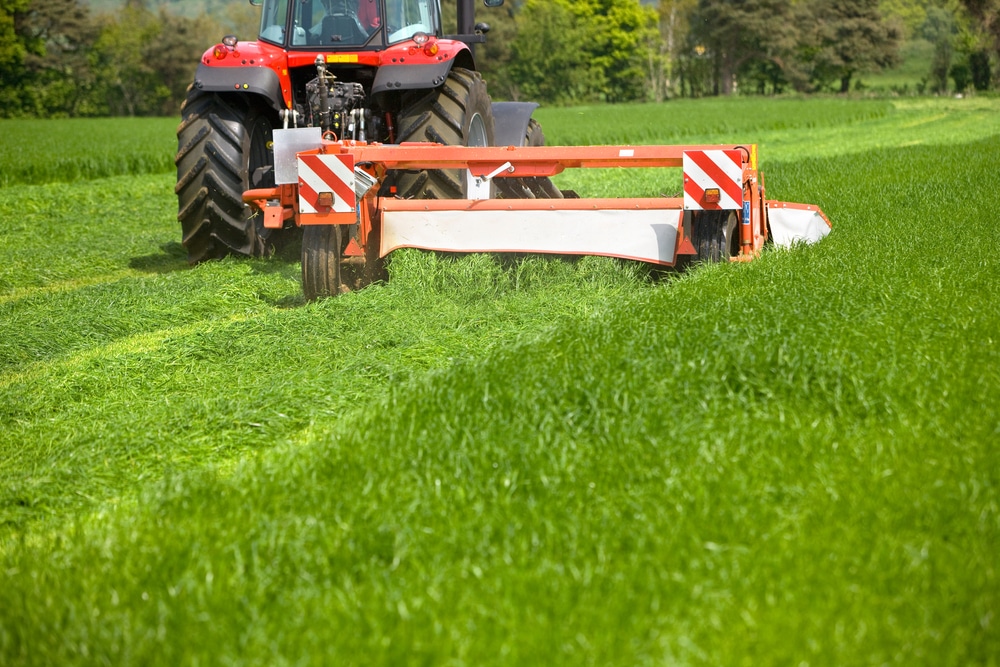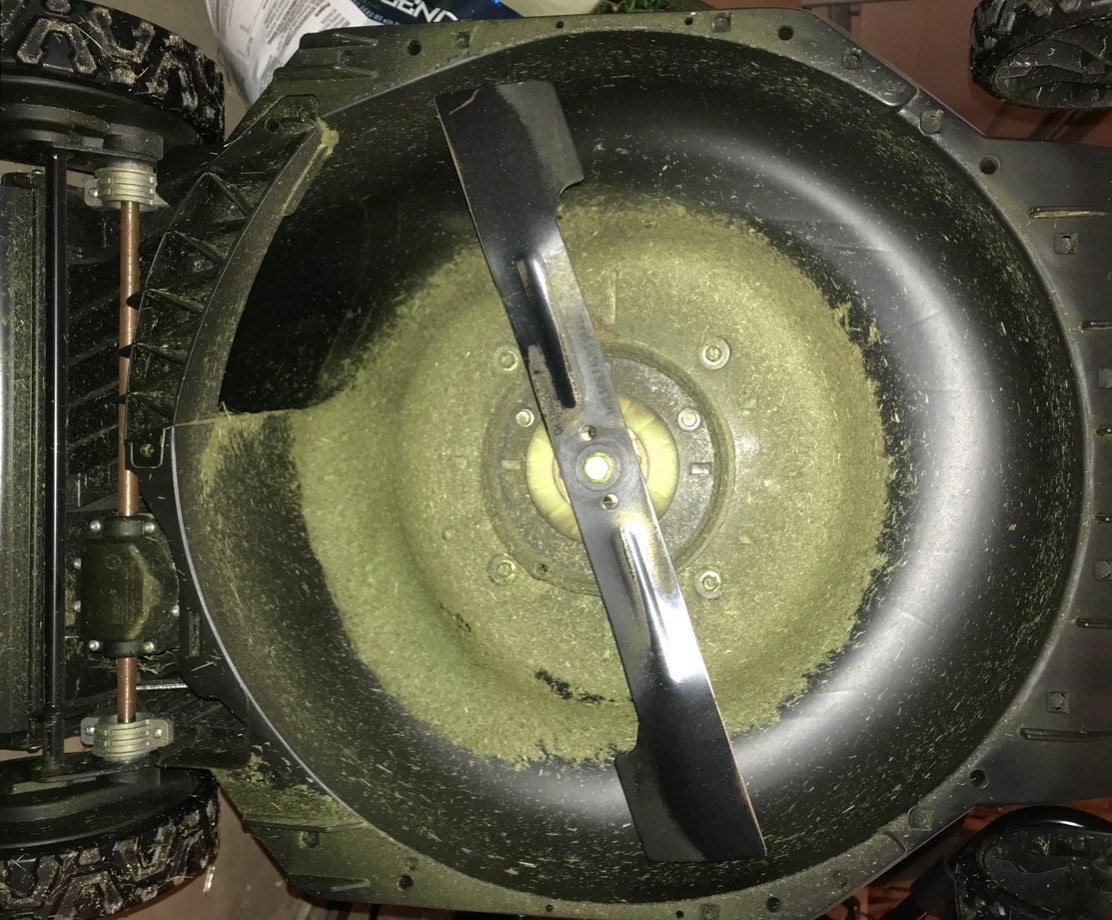Flail mowers and rotary cutters are excellent mower attachment tools that excel at different jobs. Knowing which mower attachment to choose will depend on what you want to achieve from your project. Flail mowers do the best at cutting down tall grasses, while you’ll use rotary cutters to clear more established growth. Let’s compare flail mower vs rotary cutter.
Flail Mowers
Flail mower attachments cut through brush and grasses with knives attached to a long shaft that stretches the entire front width of the machine. The blades aren’t your regular kitchen knives. Instead, they’re Y or T-shaped blades that spin quickly.
The shredded remnants of grass then spread out and are left behind as the mower moves forward. Flail mowers give an even cut appearance but leave more plant matter behind. Hydraulics or a PTO drive power most flail mowers.
One major downside is that because the blades are smaller than the rotary cutters’, they can break or chip when they hit rougher undergrowth like stumps or large logs.
Rotary Cutters
Rotary cutters, also known as brush hogs, have a similar design to household lawnmowers, except they’re supersized. They slice through brush and tougher debris by sucking it upward and cutting it with the enclosed spinning blades.
Unlike household mowers that use sharp blades, rotary mowers use their power to slice through the brush. They’re used before other mower attachments to clear an area, leaving a rough cut quickly. Typically, they’re hydraulically powered.
While these blades can cut through stumps and large logs, the blades can become dented and damaged on rocks hidden in the undergrowth. If possible, check the area you plan on clearing before putting the rotary cutter down.
Flail Mower vs Rotary Cutter: The Types of Cut
Choosing which mower attachment you need can come down to what type of project you’re trying to complete. Flail and rotary cutters leave you with two different results, and you can use either attachment at varying points during your project.
For example, rotary cutters are great for cutting through dense undergrowth thanks to their heavy and high-powered blades. The attachment makes short work of overgrown saplings and tough prairie grasses but does tend to send debris flying. This debris storm makes it less desirable in a high-population area.
While rotary cutters can cut grass, they’ll leave behind a rough and uneven surface because of the blades’ dullness.
On the other hand, flail mowers excel in cutting tall grasses or weak vegetation. Because of the sharpness and number of knives on the machine’s shaft, the attachment leaves behind a well-manicured lawn or property quickly.
The Area Covered
While flail mowers have a larger immediate area that they cover width-wise, they cover that larger space at the expense of time. They take longer to cover long distances but leave the remaining lawn even.
Rotary cutters have a smaller mower attachment in square feet, but the blades make quicker work of challenging plant growth. Because of this, you can clear a more extensive area faster with a rotary cutter attachment if you don’t mind having a rough finish.
Flail Mower vs Rotary Cutter: Conclusion
Flail mowers and rotary cutters are excellent mower attachments for different projects, and which you choose should depend on what you want to accomplish. Flail mowers are great for leveling tall grasses, while rotary cutters do best at roughly chopping down tougher plant life, like saplings or decaying logs.

